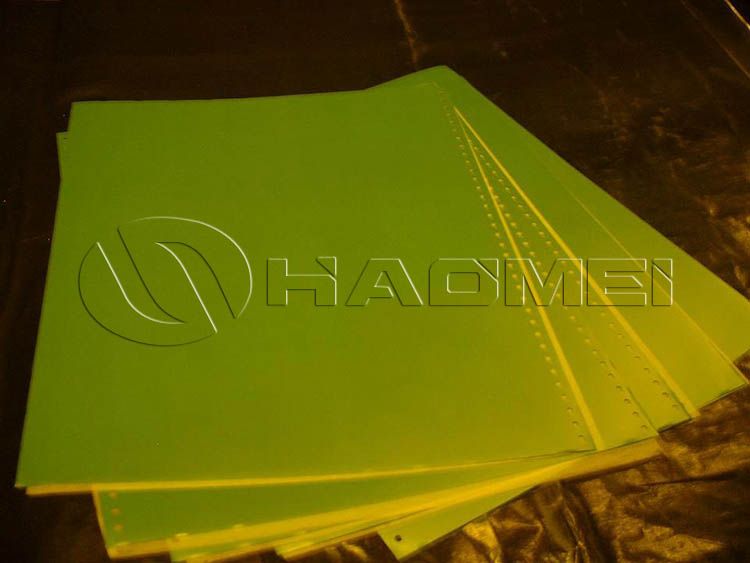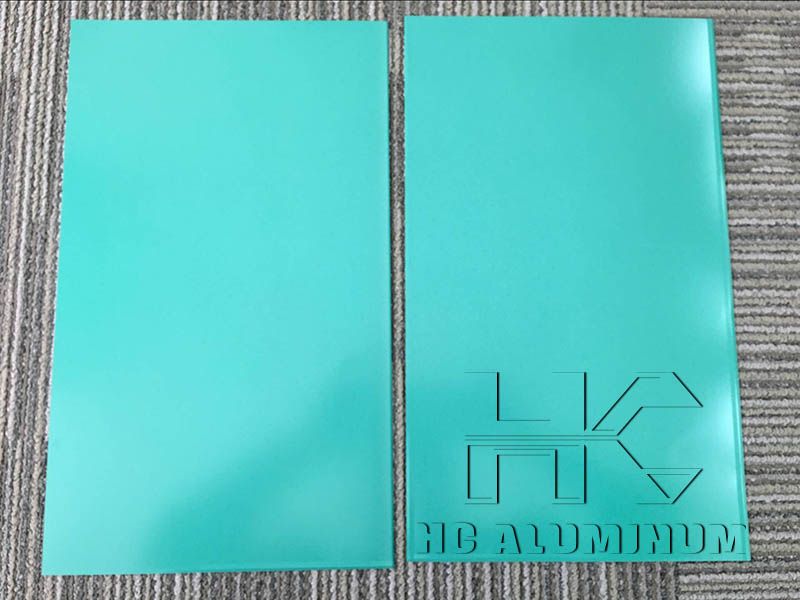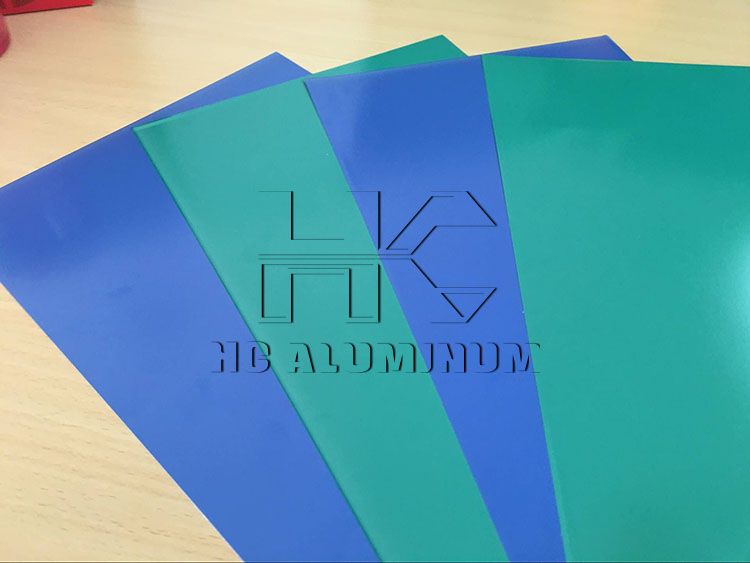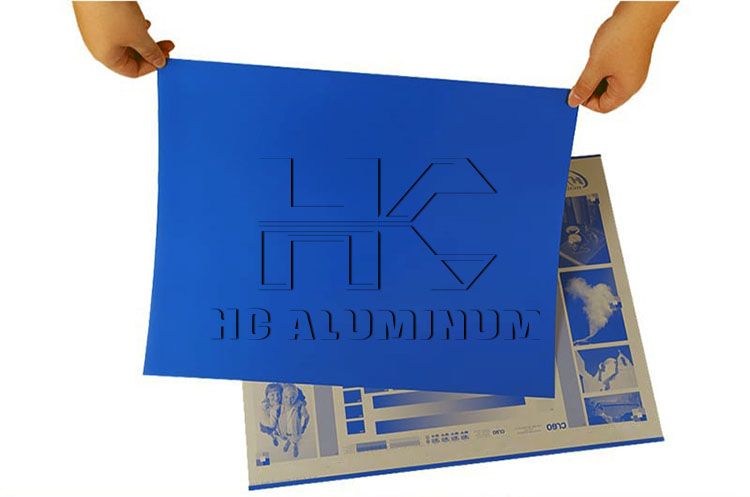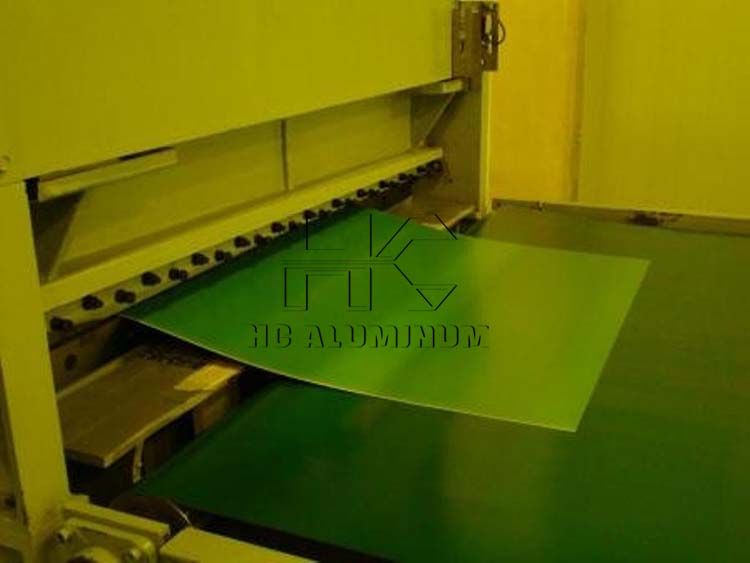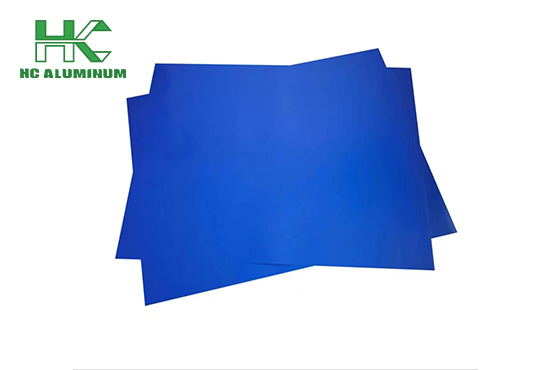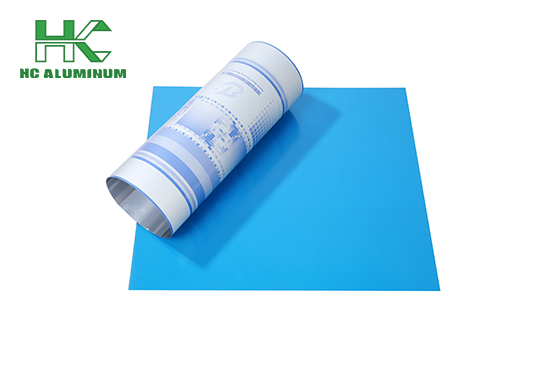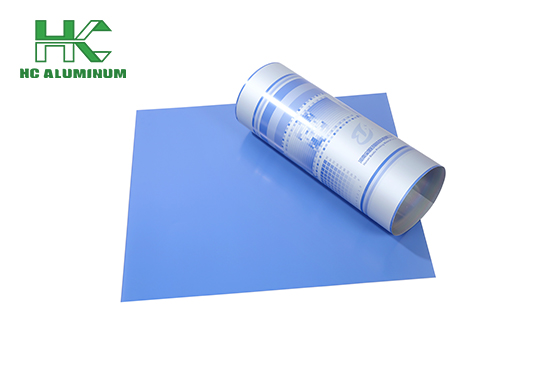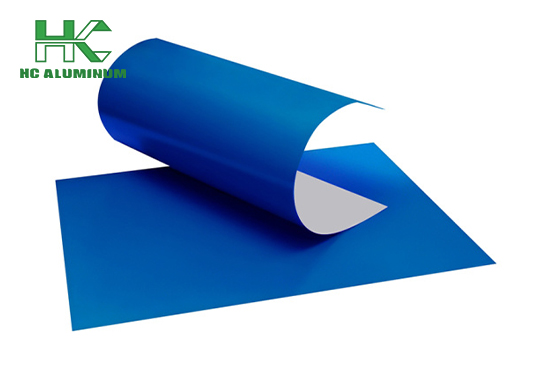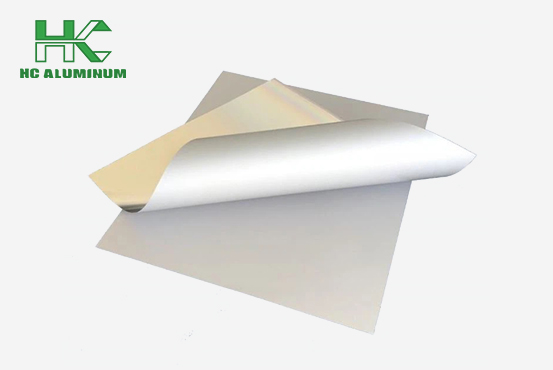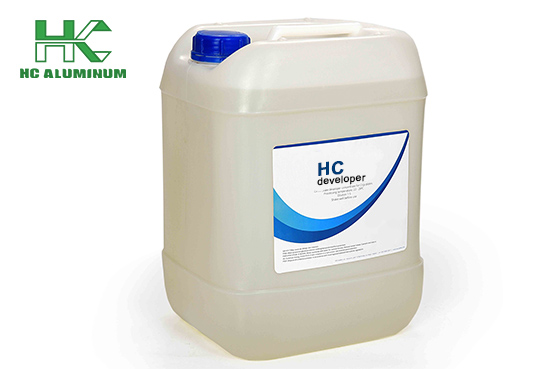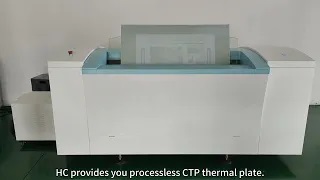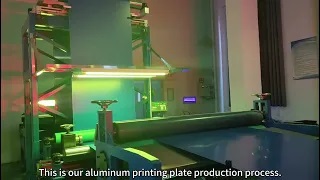Which Is More Popular: CTP or CTCP Plate
As the printing industry continues to evolve, platemaking technology has undergone numerous innovations. The emergence of computer-to-plate (CTP) technology has significantly transformed the traditional platemaking process. CTCP, as an extension and development of the CTP process, has also gained a significant market share.
From the current market perspective, CTP plates hold an absolute dominant position. In comparison, CTCP plates hold a much smaller market share. This is primarily due to CTP technology's early market entry. After years of development, CTP offset printing has established a comprehensive system in terms of technical maturity and equipment support, making it well-known and accepted by a wide range of printing companies.
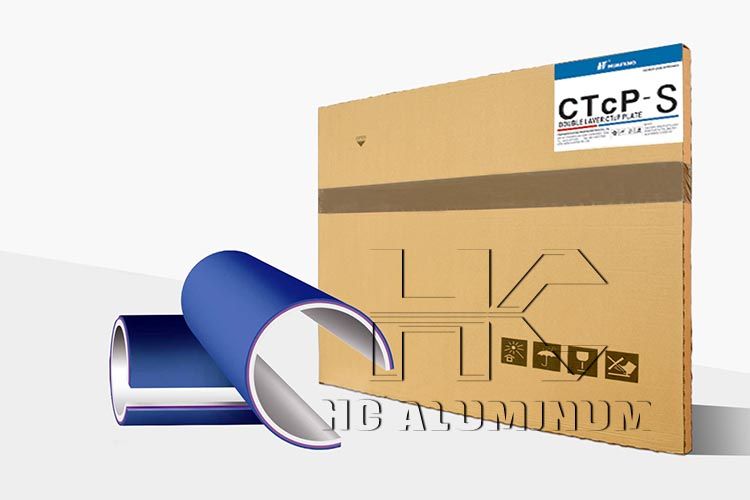
Reasons for the Popularity of CTP Plates
High Technological Maturity: CTP technology has undergone a long period of development, and its imaging principles and equipment manufacturing processes are highly mature. Thermal CTP plates, for example, utilize thermal imaging technology to stimulate photosensitive materials through heat to produce images.
This allows for high-precision imaging, meeting the demanding image detail reproduction requirements of high-end printing. In the packaging printing industry, printing delicate patterns requires high-precision platemaking, and thermal CTP plates are well-suited for this purpose, leading to their widespread use in this field.
Significant environmental advantages: CTP platemaking can output image and text data directly to the printing plate, eliminating materials such as photosensitive film and processing fluids, as well as the platemaking steps involved in film exposure and processing, manual platemaking, and film platemaking.
This reduces the release of hazardous substances such as mercury and hydroquinone, as well as wastewater and liquid waste, making the platemaking process more environmentally friendly. In today's increasingly stringent environmental protection environment, this advantage is a key reason why many printing companies choose CTP plates.
Wide Application Areas: CTP plates are widely used in commercial printing, packaging printing, book printing, and other fields. In commercial printing, they are used to produce advertising brochures, posters, business cards, and other products. Their high-precision platemaking results enhance the visual quality and printing accuracy of printed products.
In packaging printing, they meet market requirements for printing quality, efficiency, and environmental friendliness. In book printing, they help improve printing speed and precision, meeting large-scale printing needs.
Market Applications and Features of CTCP Plates
CTCP plate refers to computer-to-plate production using traditional PS plates rather than specialized CTP plates. Because the CTCP system uses the same common PS plates familiar to printers, producers can continue to use the same chemicals, developer equipment, and punching devices used in the existing platemaking process, ensuring compatibility between the platemaking system and printing presses. This technology simplifies the previously lengthy process while preserving traditional operating practices and printability.
CTCP plates have a niche market among cost-conscious printers seeking to improve platemaking efficiency without undergoing a major overhaul of existing equipment and processes. For example, in parts of Africa, CTCP plates are favored by many clients due to their relatively low price and the widespread availability of compatible UV CTP machines.


